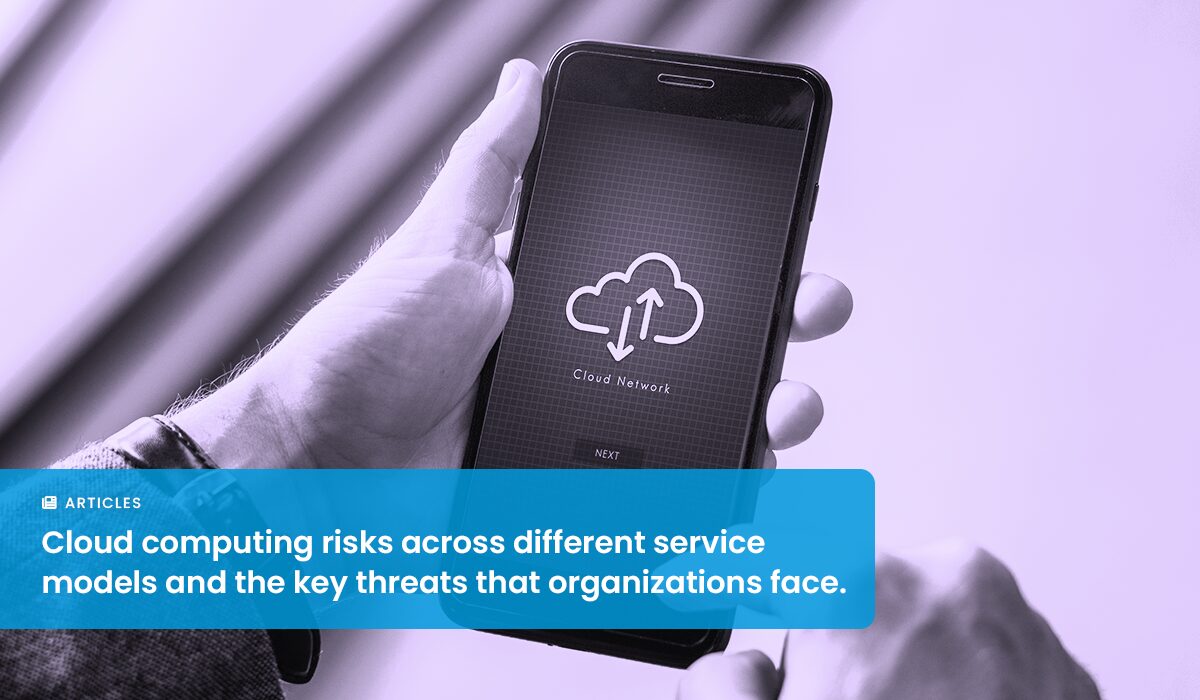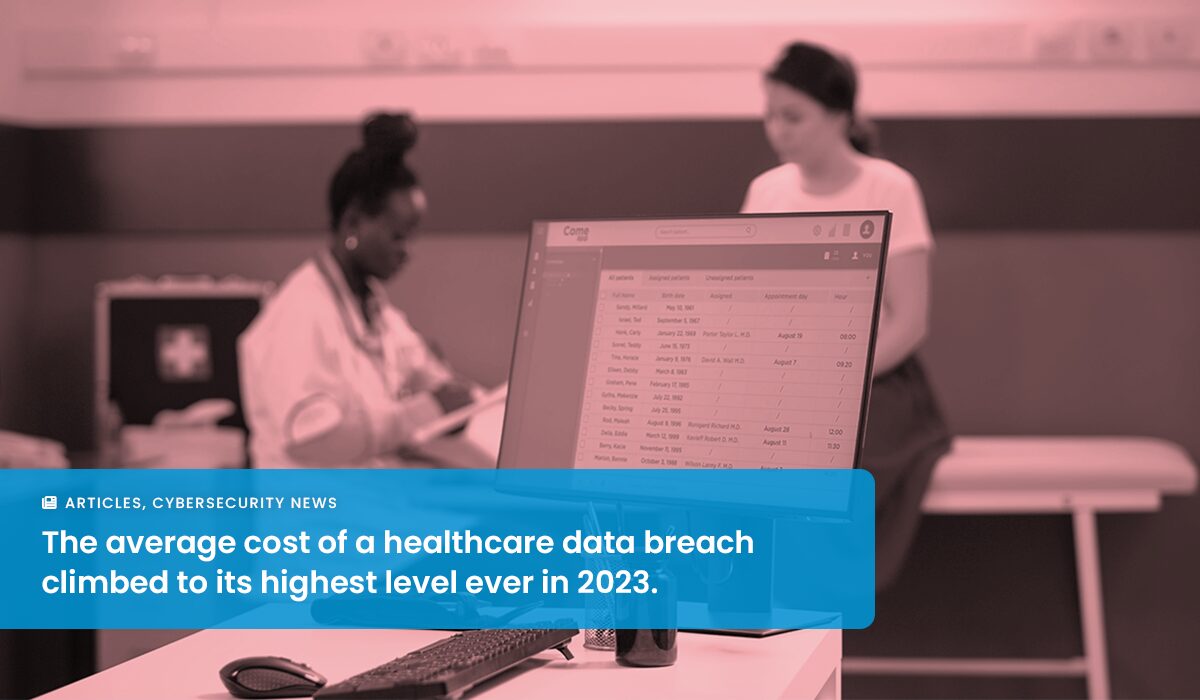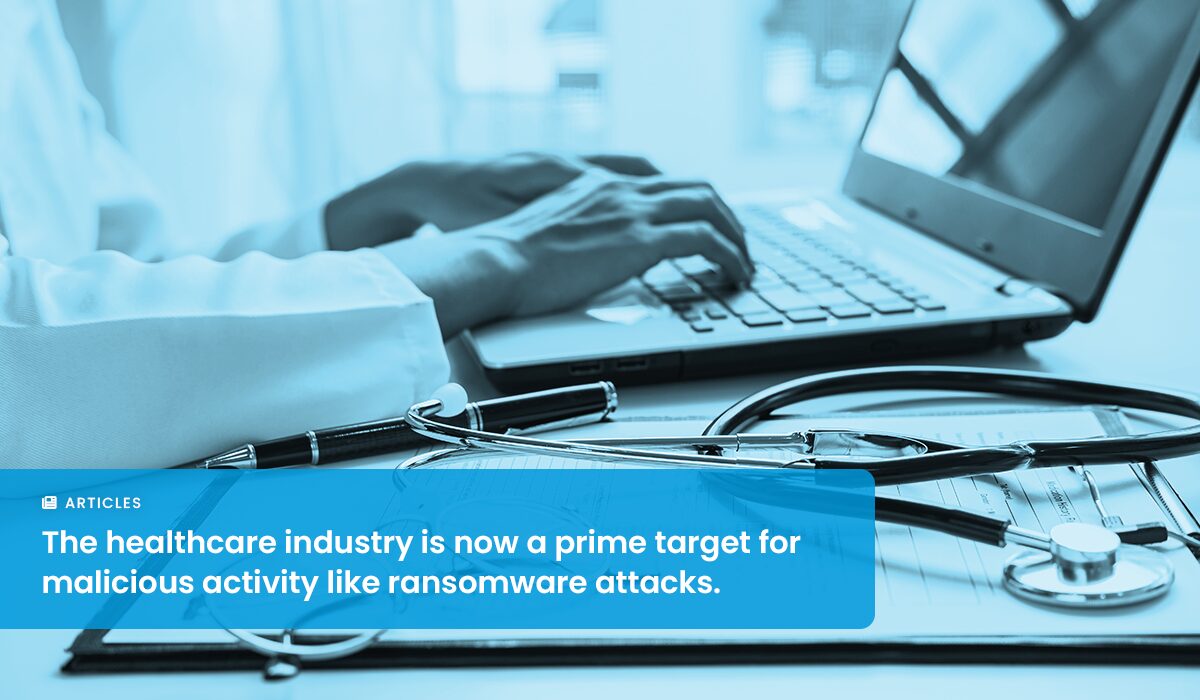One of the most financially devastating pitfalls threatening organizations today is ill-planned investments in business technology. Shelfware, or unused enterprise software, can be a costly issue that not only impacts budgets but also makes it difficult for companies to scale. The problem of shelfware has become so common that a recent study showed U.S. companies spend on average 7.5 billion dollars a year on enterprise software that is underutilized or abandoned altogether.
In many organizations, poor investments in cybersecurity solutions are the most common cause of shelfware. For example, SIEM, or Security Information and Event Management, is a common area of frustration for IT and business leaders alike. While the idea of utilizing both advanced threat monitoring and automated event correlation tools in-house sounds like a winning combination, many organizations become discouraged with the intricacies of these solutions and eventually abandon their use.
But do the poor experiences tell the truth behind the value of SIEM solutions? The answer is usually no; however, a half-baked implementation plan for a robust security analytics platform often leaves a sour taste in the mouth of those who eventually are tasked with using it. Here are a few common reasons companies do not adopt SIEM long-term, and how you can improve your chances for a successful deployment and avoid shelfware.
The Setup is Too Complicated
SIEM technology is sophisticated – and it has to be to counter today’s highly sophisticated cybercriminals. But, the time and effort it takes to configure your SIEM tools shouldn’t overshadow the value you’ll receive from them in the long-term. Still, many companies get lost in the deployment requirements of their SIEM and never get the functionality out of the investment they hoped for.
What’s the solution?
Working with a third-party security service is an excellent way to prepare yourself for a successful SIEM deployment. Regardless of the level of security you currently have, cybersecurity consultants can help you build a roadmap of your systems and networks ahead of time, giving you a better understanding of how to prioritize each stage of configuration and reduce the likelihood of gaps in your setup.
False Positive Reporting is a Nightmare
When SIEM tools are correctly configured, they’re highly automated and incredibly useful. However, if event configurations and rule-based triggers are not adequately formatted during initial setup, the result is a lackluster cybersecurity investment that does nothing but drains already depleted internal resources. This reality leaves many companies struggling with balancing the effectiveness of their SIEM with the over-bearing cost of labor and time spent engaging with the many false positives associated with SIEM deployment.
What’s the solution?
Use a testing environment to tune your SIEM accurately. Most false positives surface because specific pre-established event response actions are missing critical logic or are too broad in their design. A good starting point is only to define specific events that require your immediate action, eliminating other events with specific rules, sending the low risk and no risk events directly to reports. The continuous optimization of your SIEM or using a third-party solution to help you configure your rules will help you minimize false positives within your reporting and only recognize valid threats to your business.
There is Not Enough Internal Support
For some companies that deploy SIEM successfully, there is still hesitation about the long-term sustainability of the solution based on the amount of internal support it requires. Depending on the size of the organization, SIEM tools can require additional resources in the form of specialized training and additional staff management to remain effective. This is often a deal breaker for most organizations due to the strict budget caps of both business and IT professionals.
What’s the solution?
Companies shouldn’t sacrifice their business security because they’re limited by the amount of staff they can hire. For organizations lacking the support, they require to correctly manage their SIEM security solution, working with a managed security services provider (MSSP) can be beneficial. MSSPs can not only help you configure a SIEM solution that’s sustainable for your organization, but their monthly subscription model can present significant cost-savings when compared to making the large upfront investment required of off-the-shelf SIEM.
Regardless of the questionable reputation that SIEM has developed over the years, there is no denying the significant value that automated threat detection and response systems can provide in today’s digital landscape. By giving due diligence in these key areas, you’ll ensure that you maximize the ROI of your cybersecurity investments and avoid seeing your SIEM technology turned into shelfware.
About ArmorPoint
ArmorPoint is a security information and event management solution that provides a cost-effective and reliable way to continually protect your business from emerging threats. Through its customizable service pricing model, ArmorPoint’s cost-effective packages and dynamic levels of expert management support the security strategies of all companies, regardless of available budget, talent, or time. And since ArmorPoint offers 24/7 security support with a team of dedicated specialists, they can provide you with the manpower you need to expertly manage all of your cybersecurity initiatives. See how ArmorPoint can make a difference in your security posture with a risk-free 30 day free trial.








